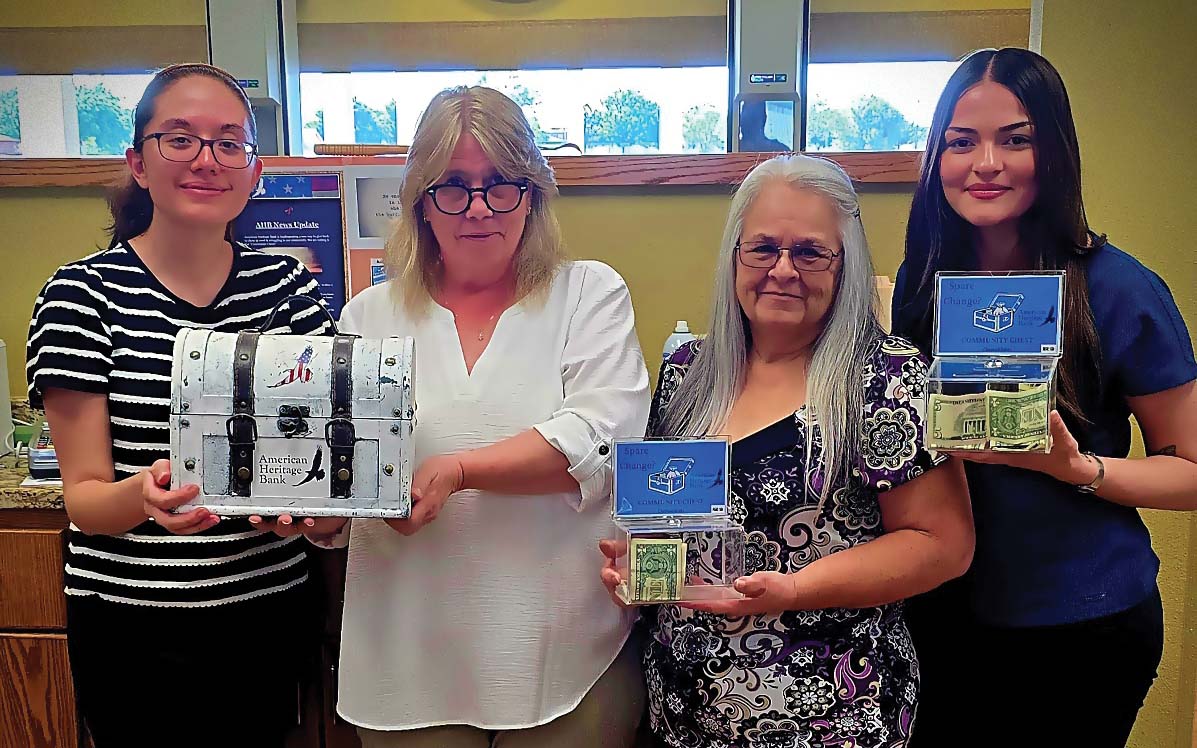What makes an innovation leader? By its very nature, innovation doesn’t conform to a particular series of checkboxes, yet all innovation-focused leaders exemplify one critical trait: curiosity.
Charles Potts: The Importance of Curiosity
June 19, 2023 / By Charles Potts
What makes an innovation leader? By its very nature, innovation doesn’t conform to a particular series of checkboxes, yet all innovation-focused leaders exemplify one critical trait: curiosity.
Remember when you were a kid, and the best toy was a discarded moving box? Within minutes, you were blasting off toward the moon, scouting for pirate ships or holding secret club meetings. That box wasn’t just a box: It was a way to free the imagination and open up worlds of possibility, which is a liberty that can be hard to come by as an adult.
Yet that “inside the box” thinking is precisely how innovation leaders advance today. They find a pathway to open up their inventive mind, unburdening it from the naysayers and limitations of the moment and allowing for total, unequivocal dreaming. Because that’s how innovation flourishes.
Don’t get me wrong; it’s not an easy feat for any business, which is why I’m often asked what makes an innovation leader. Truth be told, there is no one answer. By its very nature, innovation doesn’t conform to a particular series of checkboxes, yet all innovation-focused leaders exemplify one critical trait: curiosity.
Innovation is about asking, “why?” and “why not?” at every opportunity. When you think about approaching innovation, embrace that cascading “why” to determine what’s next. Why does my customer not want to come into my branch? Why do they prefer their smartphone? Why should we pursue business in a new area? Innovative people and innovative environments, more often than not, are constantly asking why.
It comes down to transforming your thinking to align with that of a technologist or scientist. In fact, there’s a Harvard Business Review article that directly connects the Lean Startup methodology for innovation (a personal favorite) to the scientific method.
For innovation, I’m going to ask questions about what I see, create a hypothesis, identify a way to evaluate that theory, conduct the test, measure, refine and repeat until I produce a new solution, approach or way of doing business.
That, in a nutshell, is the scientific process and a further testament to the importance of curiosity as an innovation mindset.
Because innovation isn’t a project; it’s a cultural change. It’s a framework or philosophy by which you determine what you’re trying to achieve.
Yet, for it to succeed, somebody in the bank has to own innovation as a priority. So, as you read this month’s leadership issue, I invite you to think about what it means to be an innovation leader in your bank and who carries that torch. Why do you choose to innovate? Why does bank innovation matter to your community? Why has innovation become a strategic objective?
As you ponder these questions, fall back on your childlike curiosity. That free-form thinking may just deliver the answers you need.
Subscribe now
Sign up for the Independent Banker newsletter to receive twice-monthly emails about new issues and must-read content you might have missed.
Sponsored Content
Featured Webinars
Join ICBA Community
Interested in discussing this and other topics? Network with and learn from your peers with the app designed for community bankers.
Subscribe Today
Sign up for Independent Banker eNews to receive twice-monthly emails that alert you when a new issue drops and highlight must-read content you might have missed.
News Watch Today

Join the Conversation with ICBA Community
ICBA Community is an online platform led by community bankers to foster connections, collaborations, and discussions on industry news, best practices, and regulations, while promoting networking, mentorship, and member feedback to guide future initiatives.













